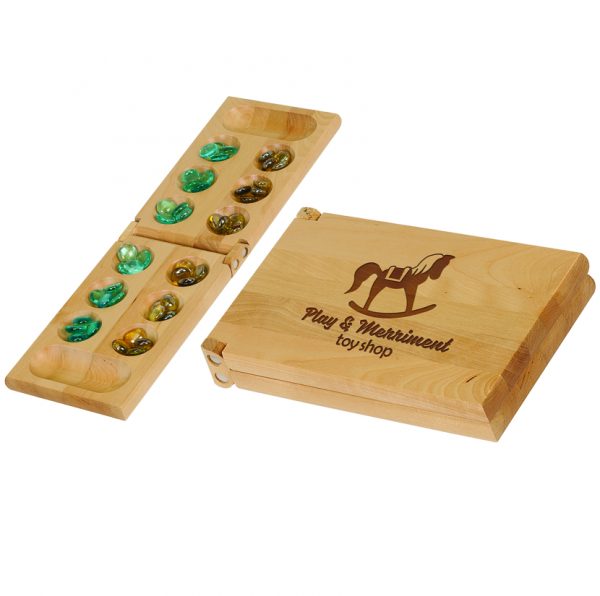

The game ends when all six of the pockets on one side are emptied and points are then counted. This is done by picking piles of stones up from the pockets, and placing them counter-clockwise one-by-one towards your store. The goal of the game is to get more of the stones into your store than the opponent does. Stores/Mancalas: Each player has one store on their side of the board, these are the larger oval shaped pockets.Each player has 6 pockets in a horizontal line. Pockets: These are the 12 circular indents on the board.Stone: This refers to the individual stone-like playing pieces.But first let’s go over some of the terminology.
#MANCALA SET UP HOW TO#
If you’re looking to learn how to play Mancala it’s actually quite simple.

Mancala tournaments and national leaderboards are still present today. Mancala is truly a game that has withstood the test of time. Odalisques Playing A Mancala Game (18th Century) Bothenspiel (Bosnia), Mancali (Greece), Warra (United States) and Ouril (Cape Verde) are some of the many names for the ancient stone placement game that can be found across history. Often taken on new names and rule-sets along the way.

It continued to travel and gain popularity in new areas. Mancala saw popularity in ancient Ethiopia around the 6th century as a game of strategic thinking. Although most historians can’t agree on exactly when this game was created, some evidence suggests it saw play as early as 6000 BC by ancient Nabataeans. Mancala is believed to be one of the oldest games in the world. Usually comprised of a wooden board with 14 indented circles holding a number of marble-like pieces, Mancala is an ancient game that can still be played today. You might have seen a Mancala board lying around somewhere and just dismissed it as another artifact of the past.


 0 kommentar(er)
0 kommentar(er)
